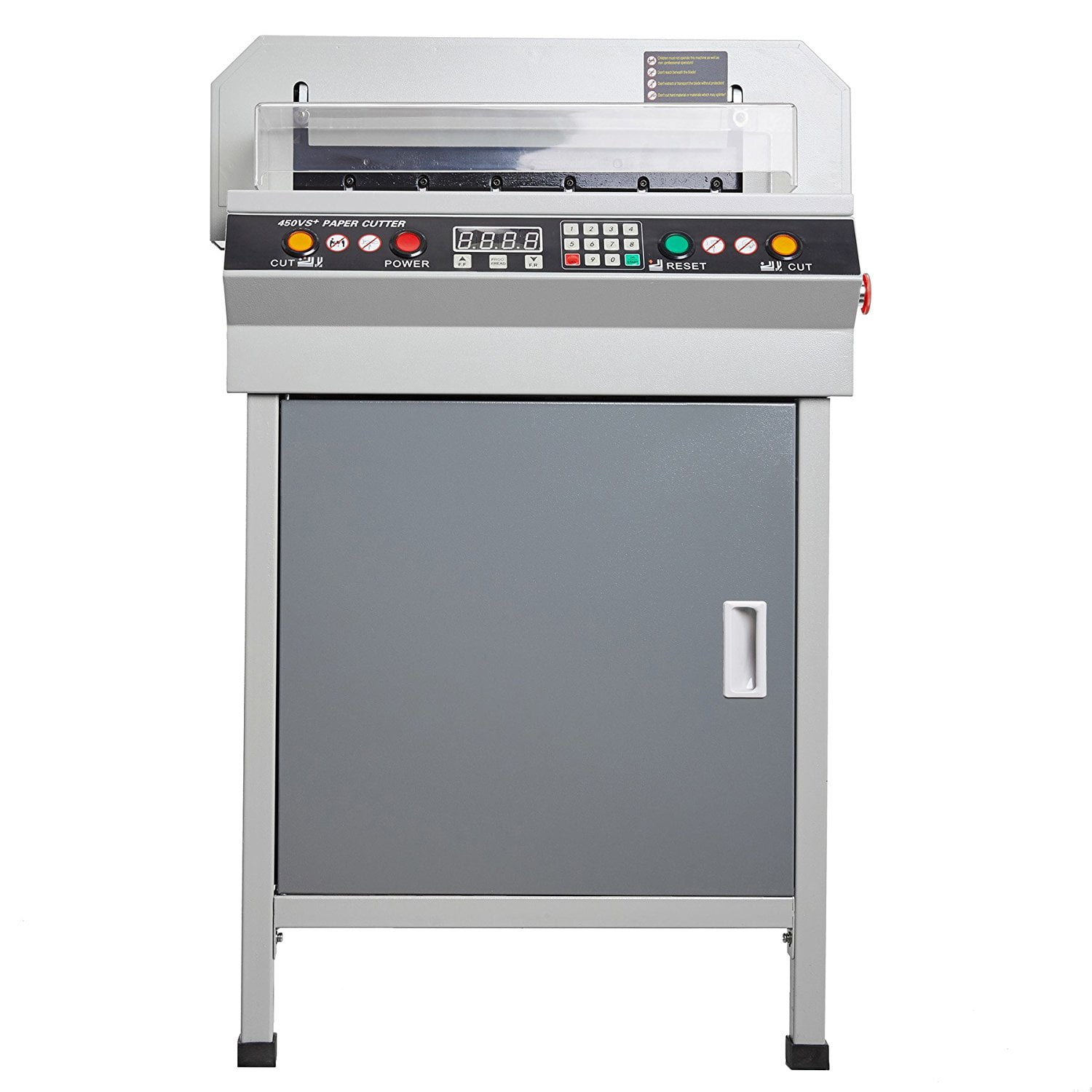
Such a multiplephotographic record was used in the kinetoscope, which displayed aphotographic moving image and was commercially successful for a time.
#Electrical paper locad cinematography series#
Leland Stanford, then governor ofCalifornia, hired photographer Eadweard MUYBRIDGE to prove that at sometime in a horse’s gallop all four legs are simultaneously off the ground.Muybridge did so by using several cameras to produce a series ofphotographs with very short time intervals between them. These include the thaumatrope (1825) thephenakistiscope (1832) the stroboscope (1832) and the zoetrope (1834).The photographic movie, however, was first used as a means of investigationrather than of theatrical illusion. History of Film TechnologySeveral parlor toys of the early 1800s used visual illusions similar tothose of the motion picture. Changes in the framerates are used occasionally for comic effect or motion analysis.Cinematography becomes an art when the filmmaker attempts to make movingimages that relate directly to human perception, provide visualsignificance and information, and provoke emotional response.

If the number of photographs projected per unit time (frame rate) differsfrom the number produced per unit time by the camera, an apparent speedingup or slowing down of the normal rate is created. Although editing still makes use of perforated filmfor flexibility, a more modern technique uses conventional magnetic tapefor original recording and synchronizes the recording to the pictureelectronically (see TAPE RECORDER). Unlike the picture portion of the film, the soundportion is recorded and played back continuously rather than inintermittent motion. In thisprocess, the sound is recorded separately on a machine synchronized withthe picture camera. By the late 1920s, a sound-on-film system of synchronousSOUND RECORDING was developed and gained widespread popularity. Thepitch–the distance from one hole to another–must be maintained by correctfilm storage. Theperforations, or holes in the film, must be precisely positioned. The plate itself continues to rotate smoothly.Photographic materials must be manufactured with great precision. An opening inthe plate exposes the film frame only after the film has been positionedand has come to rest.
#Electrical paper locad cinematography movie#
The shutter of a movie camera isessentially a circular plate rotated by an electric motor.


The movie camera, however, must also move the film preciselyand control the shutter, keeping the amount of light reaching the filmnearly constant from frame to frame.

We Will Write a Custom Essay SpecificallyĬameraLike a still camera (see CAMERA), a movie camera shoots each pictureindividually. A frequencyabove about 48 interruptions a second will eliminate flicker. The critical flickerfrequency is the minimum rate of interruption of the projected light beamthat will not cause the motion picture to appear to flicker. Persistence of a vision is theability of the viewer to retain or in some way remember the impression ofan image after it has been withdrawn from view. The period of time between theprojection of each still image when no image is projected is normally notnoticed by the viewer.Two perceptual phenomena–persistence of vision and the critical flickerfrequency–cause a continuous image. When the frame is in position, it is projected onto the screen byilluminating it with a beam of light. A claw engagesperforations in the film and pulls the film down into the film gate,placing each new frame in exactly the same position as the preceding one. Cinematography: interruptions a second will eliminate flicker.Ĭinematography: Everything You Need To Know(sin-uh-muh-tahg’-ruh-fee)Cinematography is the technique and art of making motion pictures, whichare a sequence of photographs of a single subject that are taken over timeand then projected in the same sequence to create an illusion of motion.Each image of a moving object is slightly different from the preceding one.ProjectorA motion-picture projector projects the sequence of picture frames,contained on a ribbon of film, in their proper order.


 0 kommentar(er)
0 kommentar(er)
